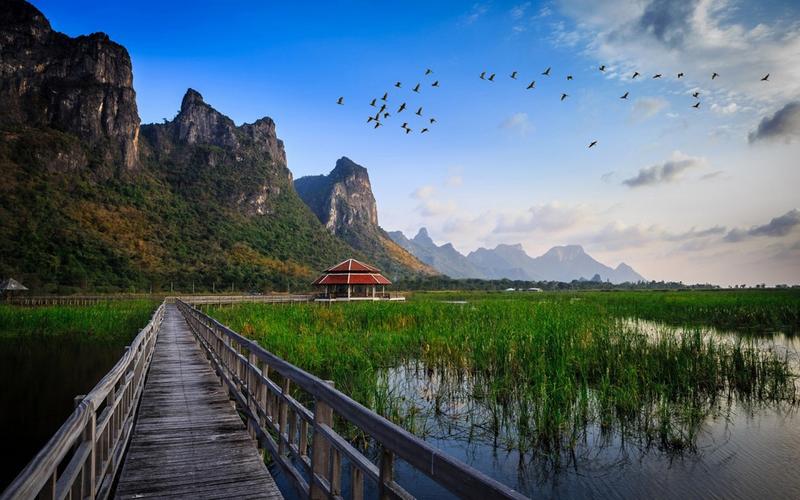Cultural identity is a complex and multifaceted concept that is heavily influenced by geography, history, and social norms. It is a dynamic expression of the unique set of values, beliefs, and practices that are shared by members of a particular group or community. One of the most visible and enduring ways in which cultural identity is represented symbolically is through landscapes.
Landscapes are not just natural features of the environment but are also cultural constructions that reflect the beliefs, values, and practices of the people who inhabit them. The way in which landscapes are shaped, used, and perceived is closely tied to the cultural identity of the people who inhabit them. In this article, we will unpack the ways in which cultural identity is represented symbolically in landscapes.
Landscapes as Cultural Texts
According to the cultural landscape approach, landscapes can be read as cultural texts that reflect the values and aspirations of a particular society. Just as a text can be analyzed for its themes, motifs, and symbolism, a landscape can also be interpreted for its cultural significance. This approach emphasizes the importance of understanding the social and historical context in which landscapes are created and used.
For example, the Japanese garden is not just a collection of plants and rocks but is a carefully designed space that reflects the Japanese aesthetic and cultural values. The garden is designed to create a sense of harmony, balance, and tranquility that is consistent with the traditional Japanese worldview. The use of rocks, water, and plants is carefully orchestrated to evoke specific emotions and sensations that are central to the Japanese cultural identity.
Landscapes as Sites of Memory
Landscapes also serve as important sites of memory that are associated with specific events, people, or cultural practices. For example, the Great Wall of China is not just a physical barrier that separates China from its neighbors but is also a symbol of Chinese cultural identity and a reminder of China’s history of conflict and conquest. Similarly, the memorials and museums that are built to commemorate significant events or people are also part of the cultural landscape and serve as tangible reminders of the past.
Landscapes as Symbolic Representations of Cultural Identity
Finally, landscapes are also important symbolic representations of cultural identity that are used to assert and maintain cultural distinctiveness. For example, the Native American reservations that are found throughout the United States are not just geographic areas but are also cultural landscapes that are designed to maintain the traditional Native American way of life. The use of traditional architecture, art, and language in these areas is a deliberate attempt to assert the cultural identity of the Native American tribes.
Conclusion
In summary, cultural identity is represented symbolically in landscapes in various ways. Landscapes can be interpreted as cultural texts, sites of memory, and symbolic representations of cultural identity. The use of landscape as a medium to represent cultural identity makes it one of the most enduring and visible aspects of cultural expression. Therefore, it is important to study and appreciate the ways in which landscapes are used to reflect and reinforce cultural identity. Understanding the symbolic representation of cultural identity in landscapes can help promote cultural diversity and understanding.
(Note: Do you have knowledge or insights to share? Unlock new opportunities and expand your reach by joining our authors team. Click Registration to join us and share your expertise with our readers.)
Speech tips:
Please note that any statements involving politics will not be approved.
